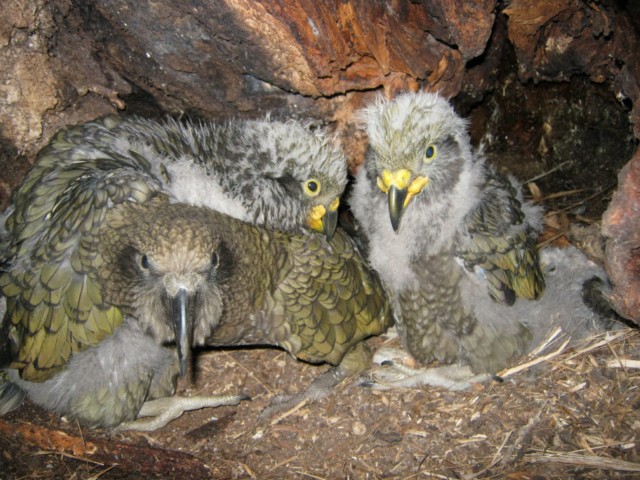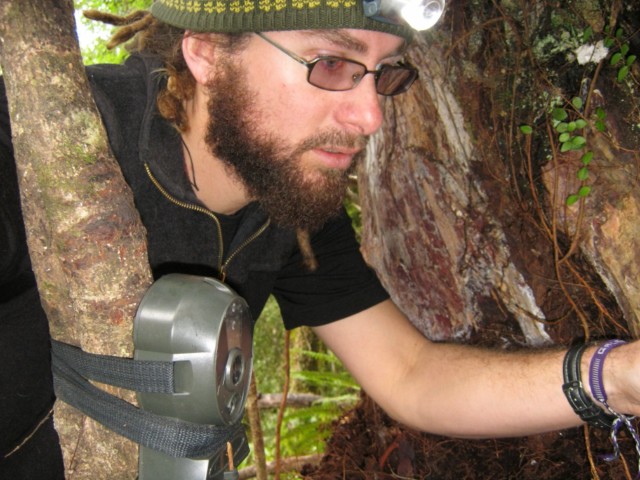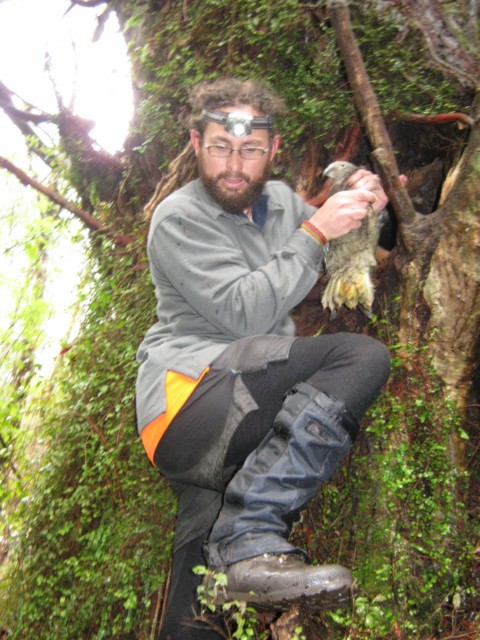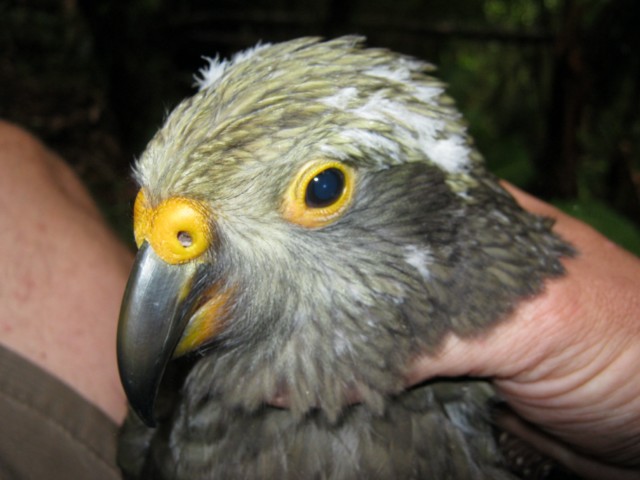Research is spread like the common cold and comes back in the form of funding and opportunity, learning from our experiences and educating people about the outcomes makes the difference, otherwise you just have a headache and desire to stay in bed. Since the media release, which I linked to the last entry, we have provided many presentations including one conference in our capital. I have also been bidding hard for funding to extend our project so that we can complete the job we started. So far the results have been positive and it appears that with a good helping of luck I will be writing knowledgably about kea for the next year or two. But what does this mean other than an income and job security? The answer is in the true nature of this work, not only are we looking at improving the current predator control operations with regards to Kea but we are learning about the deeper interaction between introduced predators and wild ground nesting parrots.
This has implications to many parrot species globally. Every theme we investigate generally aids another project to improve their conservation output. Remembering that other countries have many natural predators which deserve to be in the environment perhaps the main output of this kea research is the stealth camera monitoring we employed (on a low budget). Last year I sourced small self contained Trail Cameras which ran for over 2 weeks on 8 AA (1.2v) rechargeable batteries and SD memory cards. Enabling researchers to hike around the bush and change batteries and cards on many machines in one day. The longevity allowed us to continue to look for more nests while the cameras did our work for us. However it was the surprising nature of this method that impressed itself upon me.
By placing the cameras (designed for large mammals on game trails) within 2m of the nest entrance and blacking out some of the night vision LEDs we got amazing photos of kea behaviour, mate feeding, juvenile fledging and visits from other non-breeding kea. In short we had a clear record of activity of kea at the nest entrance, not to mention the predator visitation rates and details of nest failure (our true output need). Finally we could see the frequency at which predators approached the nest without leading to a predation event. Historically with much heavier more expensive cameras in burrows we never knew what was going on outside. This is important as the regions we find Kea nests are beyond our reach with high end burrow cameras forcing us to use these small light alternatives. I guess the lesson I learned was that with every corridor of investigation comes new exciting doors of opportunity.




































